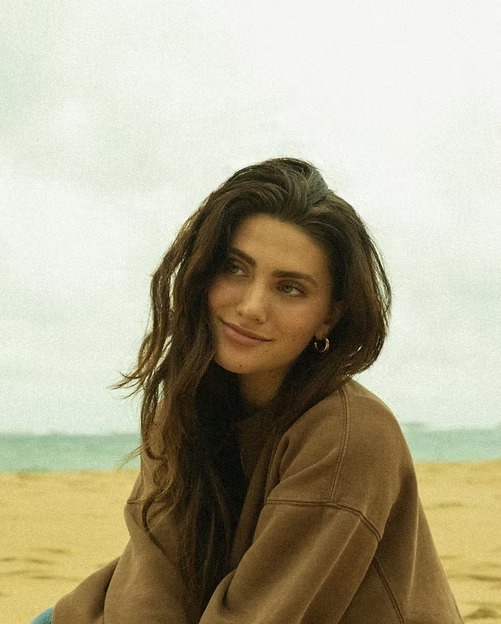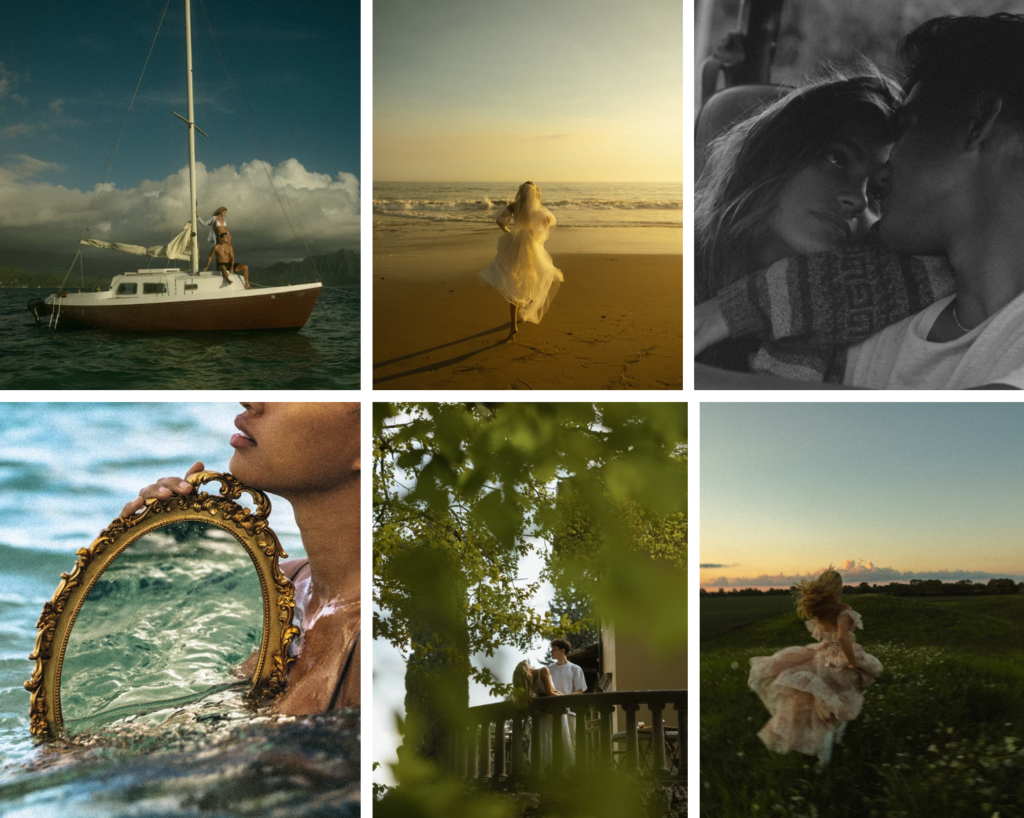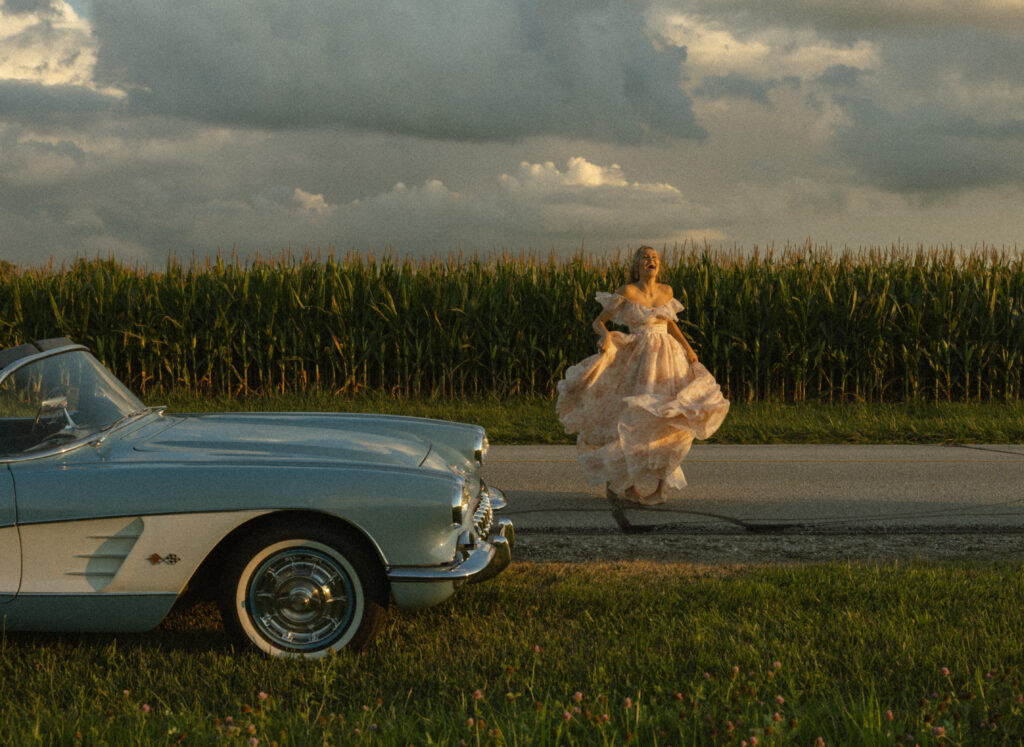
There’s a certain kind of quiet beauty that stops you in your tracks—not because it shouts, but because it whispers something deeply familiar, something you didn’t even know you needed to hear. That’s how I felt when I first came across Esther Canon’s work. I can’t remember how I landed on her website—maybe a rabbit hole of Instagram saves or one of those slow, rainy nights when you scroll without a mission. But what I do remember is how her photos made me feel: still, curious, nostalgic. And most of all, inspired.
Esther Canon calls herself a visual storyteller, and after spending hours admiring her portfolio, I understand why. Her work isn’t just pretty. It doesn’t rely on trendy presets or overexposed light to catch your attention. It’s rooted in feeling. Every image holds a story, but not in a heavy-handed or dramatic way. Her work feels like a soft memory—the kind you don’t remember until something, like a scent or a song, brings it all rushing back.
She often leans into mood and light in a way that reminds me of film photography, even in digital work. Her tones are rich, sometimes grainy, sometimes soft like a sigh. I noticed how many of her photos feel like film stills, as if they’re quietly asking you to imagine the scene before and after the frame was captured. That in itself is a gift I hope to grow into—the ability to make a viewer pause and imagine what the subject might be feeling or thinking, even if the photo is wordless.

One of the things I find most captivating about Esther’s work is how she captures intimacy. And I don’t mean intimacy only in the romantic sense. Yes, her couple portraits are breathtaking—full of light touches, windblown hair, and long gazes—but she also manages to capture the intimacy between a subject and their environment or even between a person and themselves. In one of her solo portraits, I saw a woman standing in an open field, her eyes closed, hands wrapped around her own body. There was no crowd, no props, just stillness. It felt like she was in communion with herself, and I thought, What if I could create something that vulnerable and honest, too?
As someone who is still discovering her photographic voice, seeing artists like Esther Canon encourages me to ask harder questions of myself. What do I want my photos to say? Am I just trying to fill a feed, or am I trying to say something meaningful? And maybe more importantly, am I allowing myself to take my time?
Because Esther’s work feels unhurried. It carries the pace of someone who is attentive to her surroundings and not interested in rushing the process. There’s a deep intentionality behind her compositions. Whether it’s a shadow cast across a cheek or the way sunlight filters through lace curtains, nothing feels accidental. That slowness reminds me that not every shoot has to be a sprint to the “perfect shot.” Sometimes, the most powerful image comes from waiting, from watching, from allowing life to happen in front of the lens without forcing it.
I also found myself drawn to her creative inspirations—she mentions being influenced by poetry, music, classic films, and travel. I could see those layers in her work, and it reminded me that photography doesn’t have to live in a silo. It can be fed by the same things that move us in our everyday lives. A lyric. A childhood memory. A scene from a movie we loved at seventeen. Lately, I’ve been trying to let those kinds of influences into my own work more intentionally—not just snapping what looks good but photographing what feels true.

There’s a quote I once heard that goes something like, “A photo is a pause button on life.” Esther’s photos feel like exactly that—a sacred pause, a reverent stillness. They invite you not just to look but to feel. And that’s a direction I want my own photography to move in. I want to create spaces of stillness. I want to tell stories not with elaborate setups or forced emotion but with quiet, honest observation.
Looking through Esther Canon’s work reminded me that storytelling doesn’t have to be loud to be powerful. Sometimes, it’s the smallest moments—the glance over a shoulder, the wind in someone’s hair, the lingering warmth of golden hour—that leave the deepest impression.
And maybe the biggest thing I’m taking away from this reflection is a permission slip—to slow down, to be thoughtful, and to pursue emotional storytelling with heart. To not worry so much about what everyone else is doing or what trends are popping off on social media. To pay attention to the little things. To let photography be an act of noticing, of honoring, of remembering.
Esther’s work lit a spark in me that I didn’t realize had dimmed lately. If you’re a photographer—or even just someone who loves stories told through light and shadow—I’d encourage you to explore her portfolio. Sit with it. Let it speak to you. And then, ask yourself: What story are you trying to tell?
Have a story, a moment, or an idea you think deserves to be captured? I’d love to hear about it! You can submit your experiences through the “Share a Story” form on my website or check out the “Suggest a Shot” page to let me know what you’d like to see next.
Lastly, I would love to stay connected, so be sure to Follow Me on Instagram, Facebook, and Pinterest (linked at the top of my site). I’ll be sharing new content, behind-the-scenes moments, and more glimpses into my creative process.
To read more content like this, click this link: Grace Yeaple Media Blogs!
All photos belong to @estherscanon
Check out her website here: https://www.estherscanon.com/


